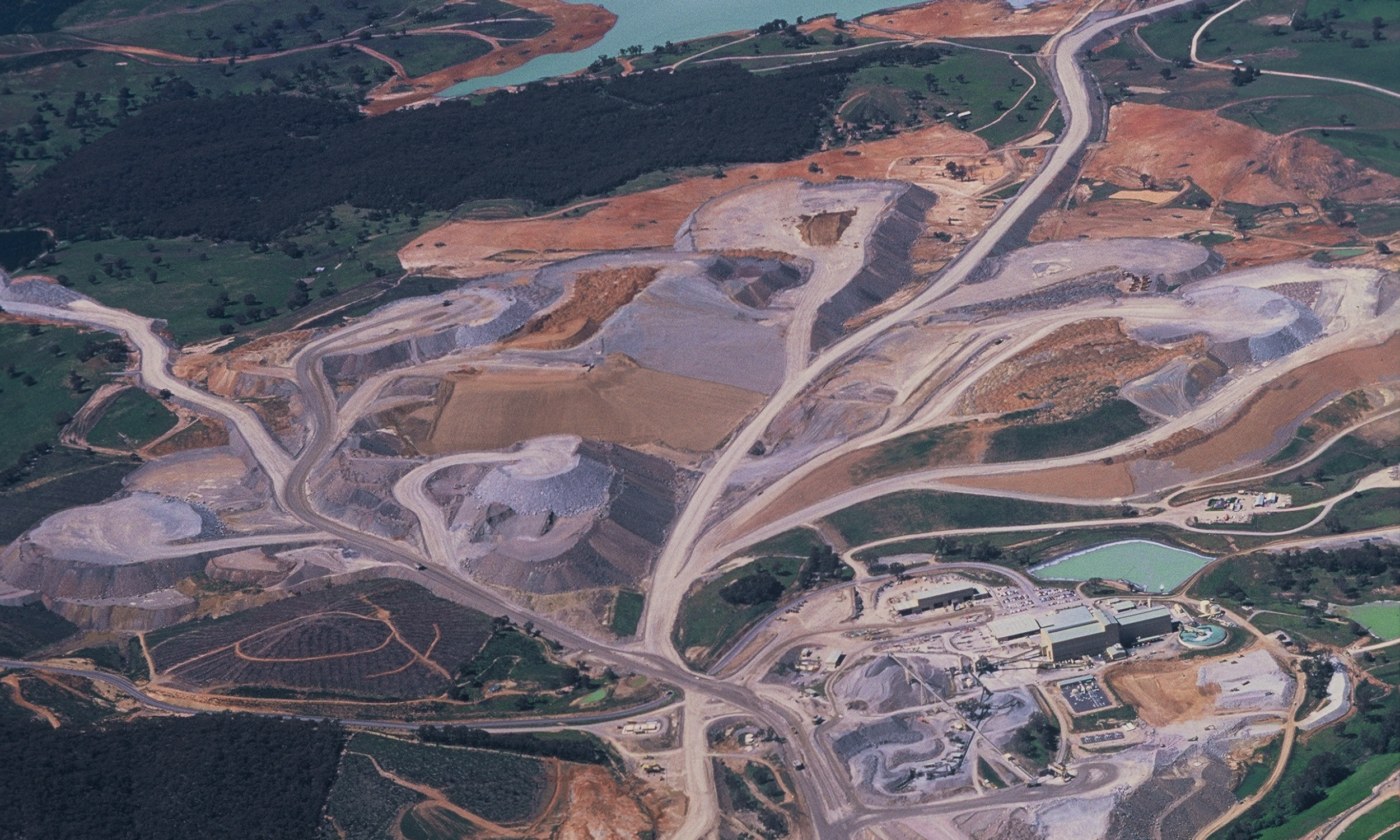The flow-on effect: Why paying attention to the impacts of water is vital for mine site design
Water is critical to the mining industry. Without water, mines don’t function. But it must be managed appropriately as water is also one of the primary drivers of slope failures and slope instability. In this article, Cartledge Mining and Geotechnics Director Tim Cartledge examines why groundwater and surface water management is imperative when it comes to the geotechnic performance of a mine site.
The effects water can have on the structural integrity of a mine can be unforgiving, so it’s an element that should be considered during geotechnical risk management to prevent failures.
From pumping and distribution to storage, all water on mine sites needs to be monitored and managed. Poorly managed surface and groundwater can result in disruption to site operations, damage to equipment and the environment, and even fatalities.
A water management plan – whether it’s for managing water during a rainfall event or managing water already on site – should be forward-thinking. If good water management practices are adopted, they can ensure efficiency, cost-savings, sustainability and regulatory compliance while mitigating water-related risks and liabilities.
Understanding the nature of water on site
A significant rainfall event can introduce a substantial and unexpected amount of water to a mine site. If this water isn’t managed and ponds on berms or slope crests, it will have the opportunity to infiltrate into cracks, joints and faults. This causes water pressure to build up, leading to instability and possibly failure.
Once the rainfall event has passed, the threat doesn’t automatically evaporate. Slope instability can develop up to two to three weeks post-rainfall event. Typically, the longer the period since the event, the larger the instability that will develop. So, having an appropriate surface water management plan – especially during rainfall or storm events – ensures water is intentionally directed to the correct locations and stays away from critical locations and/or structures within the mine.
Potential for failure: It's a matter of time
Let’s look at an example:
An example of an instability was revealed recently at a coal mine in the Bowen Basin in Queensland.
The mine experienced an intense rain event (~90mm in one hour) with some expected rain damage to haul roads and washout, but no significant slope instability was recorded.
However, about two weeks after the rain event we noticed anomalous slope movements recorded by the radar. The affected area of wall was about 240m long by 90m high and about 4.5Mm3 of rock.
Remedial actions were developed, and the slope was stabilised using buttressing, but it was a clear example showing how the risk of elevated water pressures causing slope instability can be a delayed process.
Implementing the right solution
Groundwater monitoring should always be integrated with a site’s groundwater management plan, which must encompass a solid understanding of the natural geology, weather patterns and subsurface conditions of the site.
Understanding these subsurface water conditions is key, and piezometers, vibrating wire piezometers and visual inspection can all be used to inform and broaden knowledge.
Long-term monitoring is critical to ensure seasonal fluctuations are understood, and how changes in the phreatic surface position can impact stability.
While monitoring these records, geotechnical engineers should understand that if there are critical water levels that could initiate instability, then these should be included in the monitoring plan and a TARP, or similar, created to manage the risk.
Rock mass systems can be highly anisotropic, which means the water conditions can be extremely variable within a rock mass. The geology and geological structures can play a significant role in the compartmentalisation of groundwater, which means some areas may be more susceptible to changes in the phreatic surface than others, due to higher rates of infiltration or permeability/transmissivity.
Taming the silent killer
Water’s contribution to slope instability and failures can’t be overlooked. Its ability to seep in and build pressure, unseen, all mean it can be a silent killer if it’s ignored, mismanaged or poorly understood.
Understanding and appreciating the impact water can have is critical for efficient mine operation and safety, and developing and contributing to a mine’s water management plan should be top of mind for geotechnical engineers when carrying out design work.
While it can seem complex, with some planning and forethought, managing water can be done simply and effectively. Particularly in high-rainfall seasons, proper water management has a flow-on effect across mine site operations, to ensure it remains where it is meant to be, without compromising safety on the ground.


